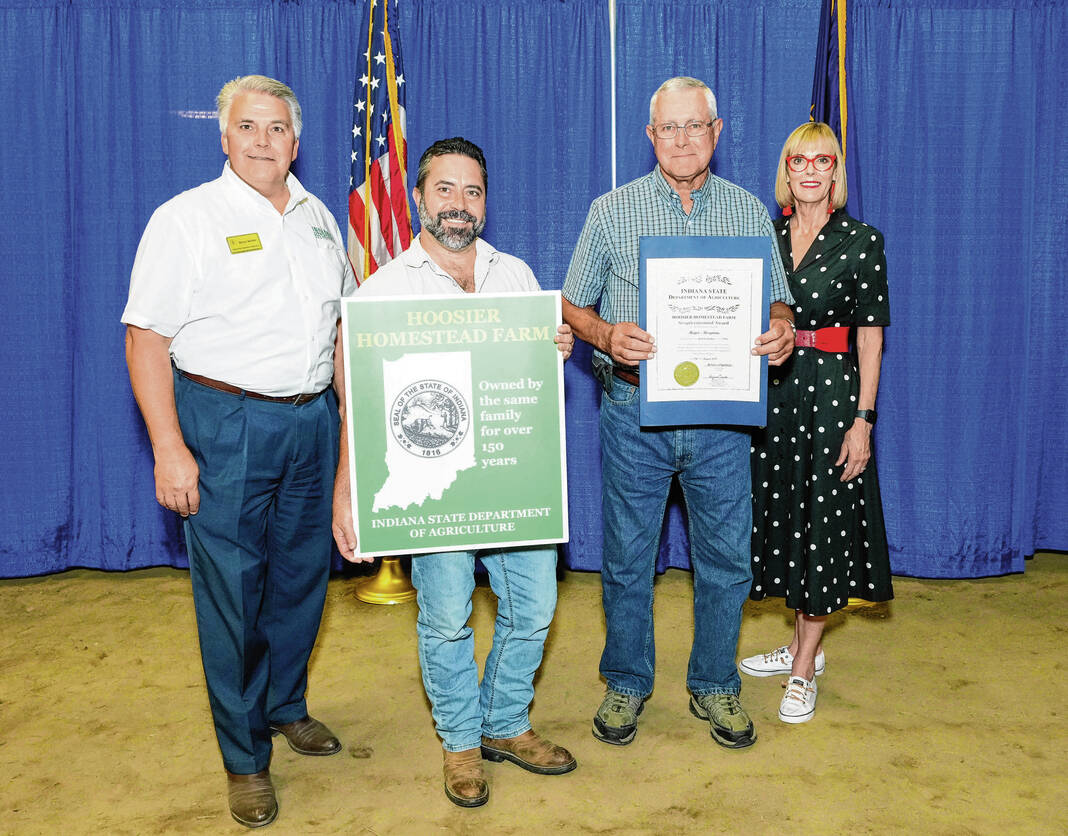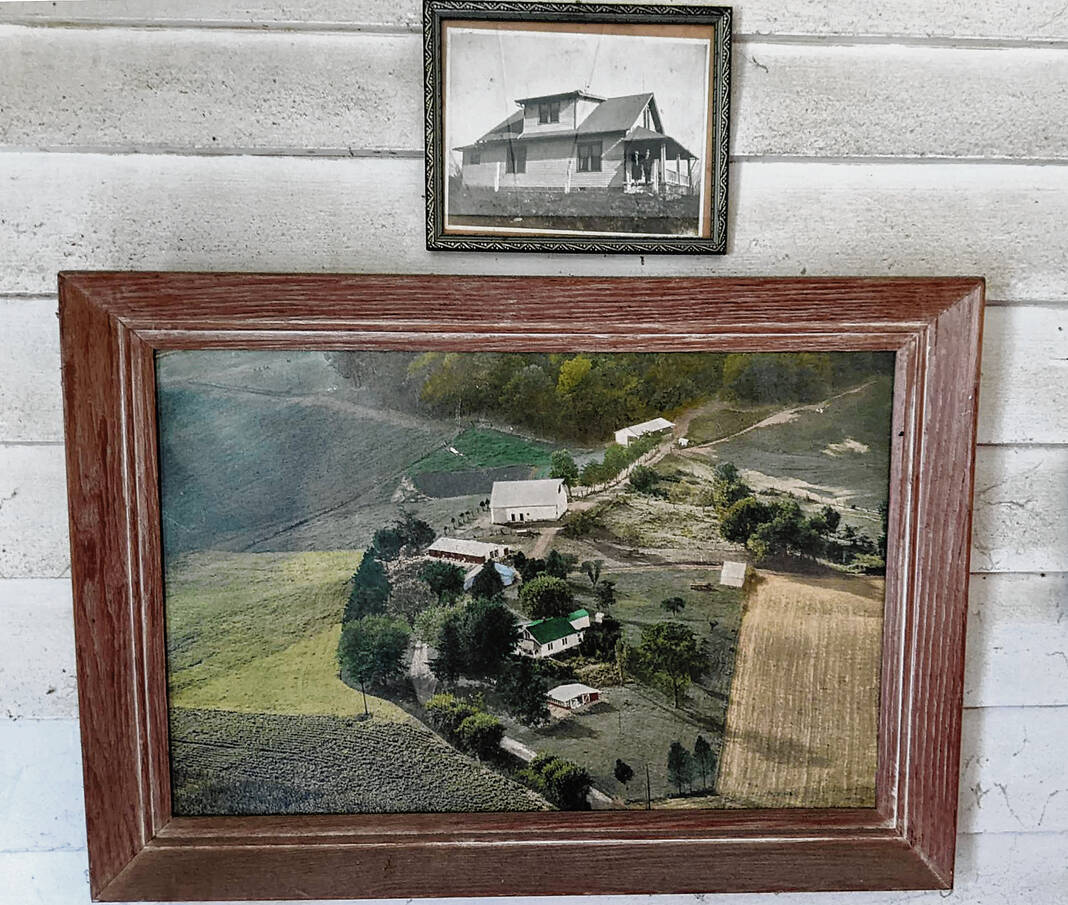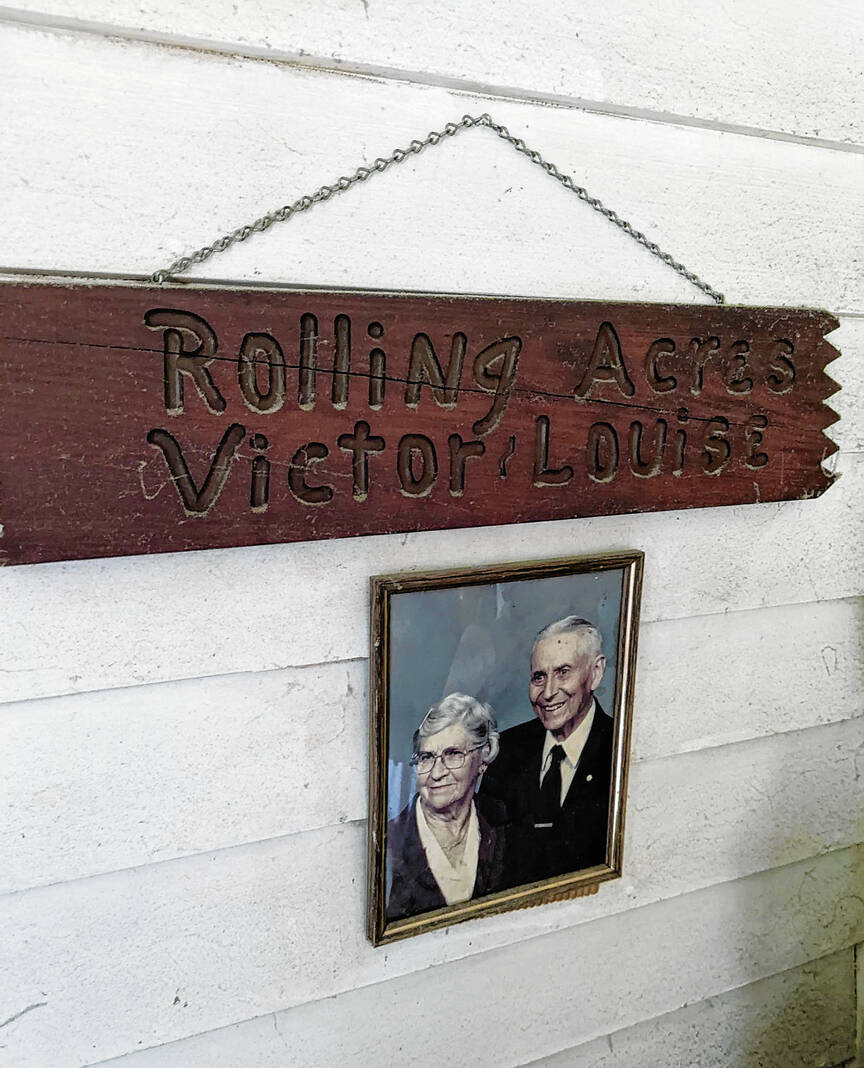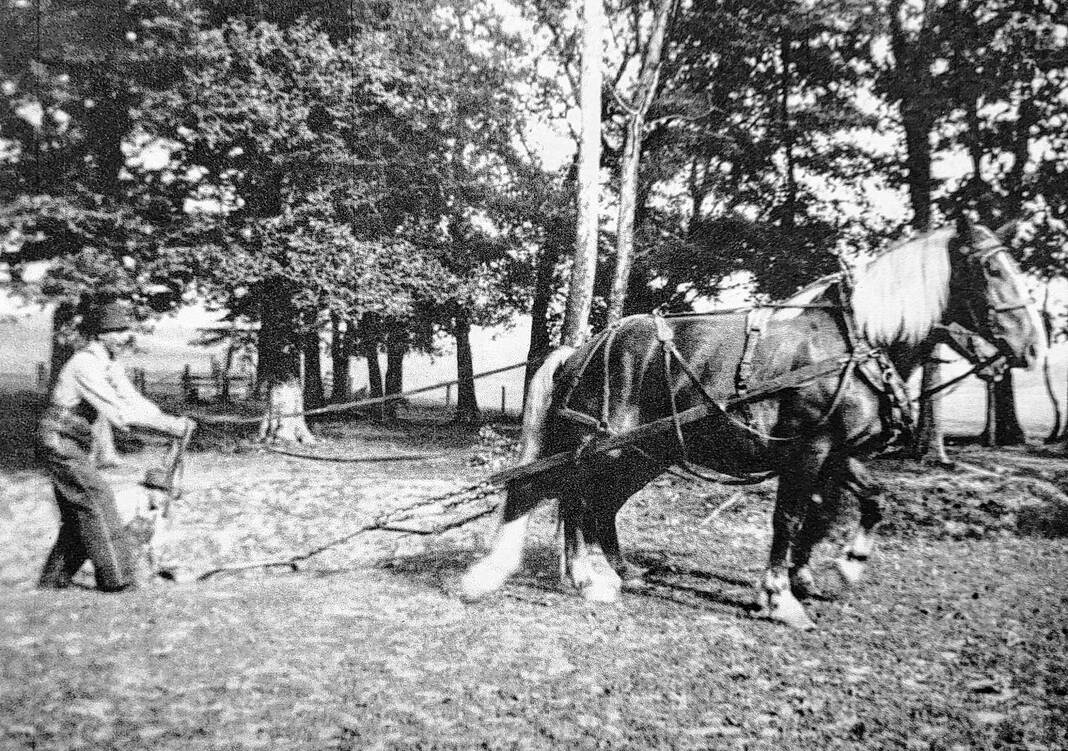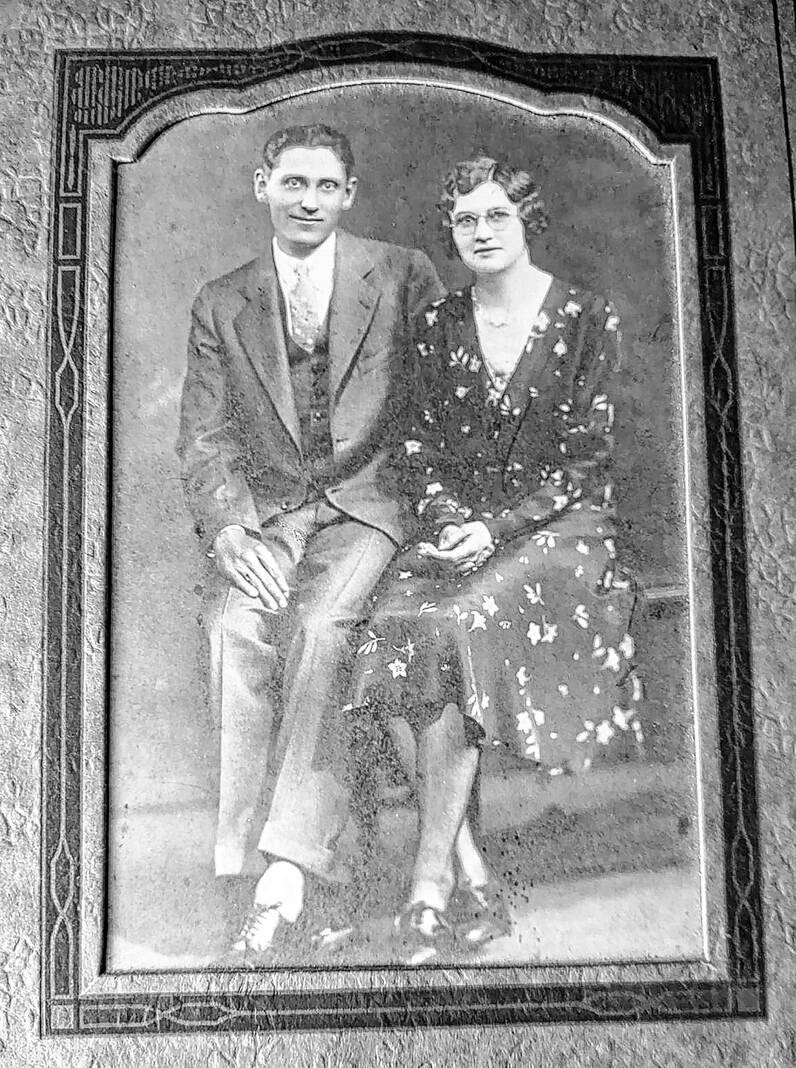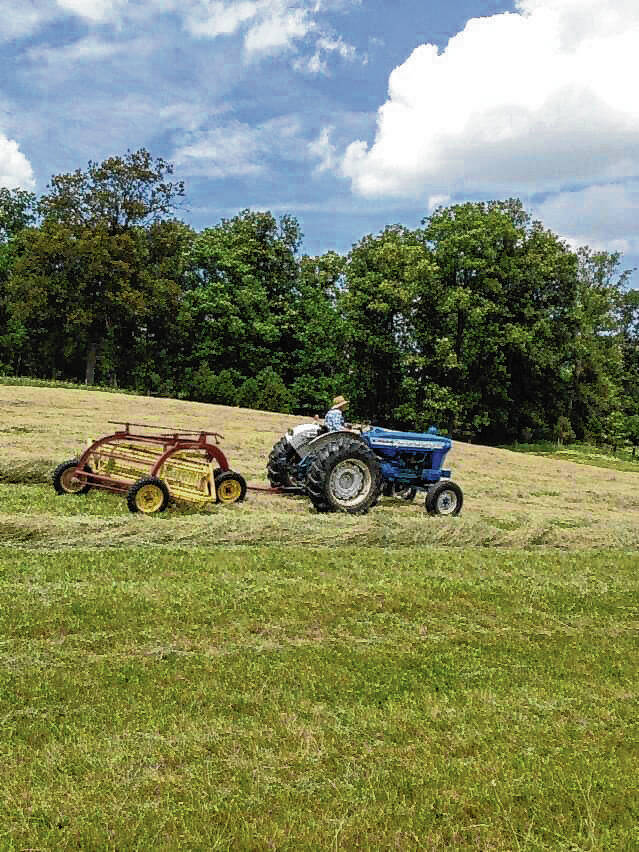The Meyer/Borgman farm in northern Jackson County received the Hoosier Homestead Award in the program’s first year of existence, 1976.
To qualify for the honor, a farm must be owned by the same family for more than 100 consecutive years and consist of 20 acres or more or produce more than $1,000 in agricultural products per year.
Based on the age of the farm, families are eligible for three different distinctions: Centennial Award for 100 years of ownership, Sesquicentennial Award for 150 years or Bicentennial Award for 200 years.
In that first year, the farm, which started in the family in 1866, received the Centennial Award. Victor Meyer, who owned the farm at the time, applied.
Forty-six years later, the family received the next step up, Sesquicentennial Award.
It was one of 106 Indiana family farms presented a Hoosier Homestead Award at the 2022 Indiana State Fair in Indianapolis from Lt. Gov. Suzanne Crouch and Indiana State Department of Agriculture Director Bruce Kettler.
Since the program’s inception, more than 6,100 families have received the award. Often, a Hoosier Homestead farm is easily recognized because most recipients proudly display their awarded sign on their property.
Darren Borgman lives on the 178-acre farm on East County Road 1050N today, and the Centennial Award still hangs on the side of a round roof building next to the nearly 100-year-old home on the property.
Earlier this year, Borgman told his dad, Larry Borgman, the farm qualified for the 150-year honor. Thankfully, Larry’s late father, Paul Borgman, had a lot of the ancestry information compiled.
“I’d say about 20, 30 years ago, Grandpa got really into that for a while and went and put a bunch of stuff together,” Darren said.
“So it was easier. We just had to update,” Larry said.
“Grandpa Paul had everything laid out,” Darren’s brother and Larry’s other son, Kevin Borgman, added. “The family tree looked like that willow tree right there (in front of the home). He had every leaf laid out, so we’ve got a lot of family history.”
Darren helped with research by talking to various people, including a woman on the Newkirk side who started a Facebook page for that family. The Newkirks were the first to purchase the property before it later was handed over to the Meyer family.
“I knew some names, like my grandfather’s grandparents that lived here, just from my grandfather saying that, but this lady got me into that,” Darren said. “She started putting things together, and it was interesting. Then finding out some of those Newkirks were on the Wiesehan farm (nearby) and then Sarah Newkirk was a sister to one of them, we put all that together. … It was her parents and her grandparents that had lived on these farms out here.”
Darren wanted to help the family earn another Hoosier Homestead Award.
“It’s that simple, just we’re trying to keep that alive,” he said.
During the ceremony at the fairgrounds, Larry said it struck him that all of the families honored would have had their farms make it through the Great Depression.
“Obviously, if they were lost, then the family would not have that,” he said of the award. “If you want to think about it even bigger, they’ve done 6,000 of them over the state of Indiana. Every one of them went through the depression and was not lost. It does not say that people are rich. It just says they don’t give up.”
The farm stayed in the Newkirk family for a long time until Sarah Newkirk married Henry Meyer. They were Larry’s great-grandparents.
“Sarah inherited part of the Newkirk ground here. She got this part, and they lived here their whole lives,” Larry said.
There was another home on the property before it was torn down to build a new one, which is where Darren currently lives.
“Their son, Victor, slept in the loft of that barn because they tore down the house and they all had to live somewhere, to stay somewhere,” Larry said. “At that time, that building was used daily all the time, and the loft had hay in it, so they fixed Victor a little corner, and he spent the whole summer out there in that at night.”
In the early days of the farm, the family had a lot of livestock, including hogs, dairy cows and chickens. Corn, soybeans, hay, oats, wheat and pasture have been a big part of the farm over the years, too.
When Victor and his wife, Louise, owned the farm, he used workhorses to help with farming.
“On Sunday afternoon, he would hitch them to an old wooden wagon and take the family for rides around the roads,” Kevin said.
Victor didn’t get his first tractor until he was in his 60s, and horses were still on the farm in the late 1970s, early 1980s.
“Not that he was farming with them, but he still kept them,” Larry said of the later years. “It’s what he had in his lifetime. That was what they used.”
The horses stayed on one side of the large barn on the property near the house, and the other side had dairy cows. Darren said all of the stables were removed in the mid-1990s, and today, the barn is used to store hay.
Hay also is stored in another nearby barn, and the round roof building, which is built into the earth, has mainly been used for storage. At one time, Victor and Louise hosted square dances in the top portion.
Once Victor got a tractor, he started farming other tracts of land. Six ponds and a nearly 30-acre wooded area became part of the property.
“They put a pond in every field so that the livestock could get water,” Larry said. “(Victor) got that Conservation Farmer of the Year award within Jackson County and filled in a lot of gullies. With the hills and everything, there are always gullies, but he did a lot of work to keep those things in as good a shape as anybody could do it, so I think that made it special out here.”
At one time, the Meyers put livestock in the woods. Since Darren has lived on the property, he uses that area for two of his passions, hunting and fishing.
“This is where we get to have our fish fries,” Kevin said, smiling.
After Victor and Louise died, Paul Borgman inherited the farm. Soon, though, it landed in Darren’s hands, and he became the sixth-generation owner.
“Of course, he was rooted where he was at, and I just happened to be at that age where I was getting out on my own,” Darren said. “I had always wanted to live here. I just loved it, and it just worked out that way. I just always liked the way it was laid out. I would come out here, and being an outdoorsman, it just spoke to me. I always loved coming out here and farming. It was just a fun place to come.”
Victor and Louise didn’t have children, but Larry said they considered the farm their child.
“Any time they were here, things were always neat,” Larry said. “They had hogs, and hogs are not neat, but everything else was neat and just cared for really well.”
Darren considers it an honor to live on the property that has such a rich family history. With the rolling hills being different from where he was raised in Jonesville, he said the property on East County Road 1050N has always been like stepping back in time.
“Several of my ancestors took their final breath on this piece of land and crossed from this tiny spot in the universe straight into the kingdom of heaven. God willing, I will do the same,” said Darren, who has lived there since 1997.
“This is hallowed ground to me,” he said. “I am so grateful for the ones before me that felt the same way about it, and that’s why 156 years later, we are still here. It’s something to be proud of and to cherish.”
Darren hopes to someday pass the property on to his kids and grandkids.
“I hope to be around awhile longer, but in the years I have been on this farm, there have been many happy times and some sad ones, too,” he said. “But when I am gone, it will be more than that. It will be another chapter in my family’s history … probably the most colorful one yet.”

